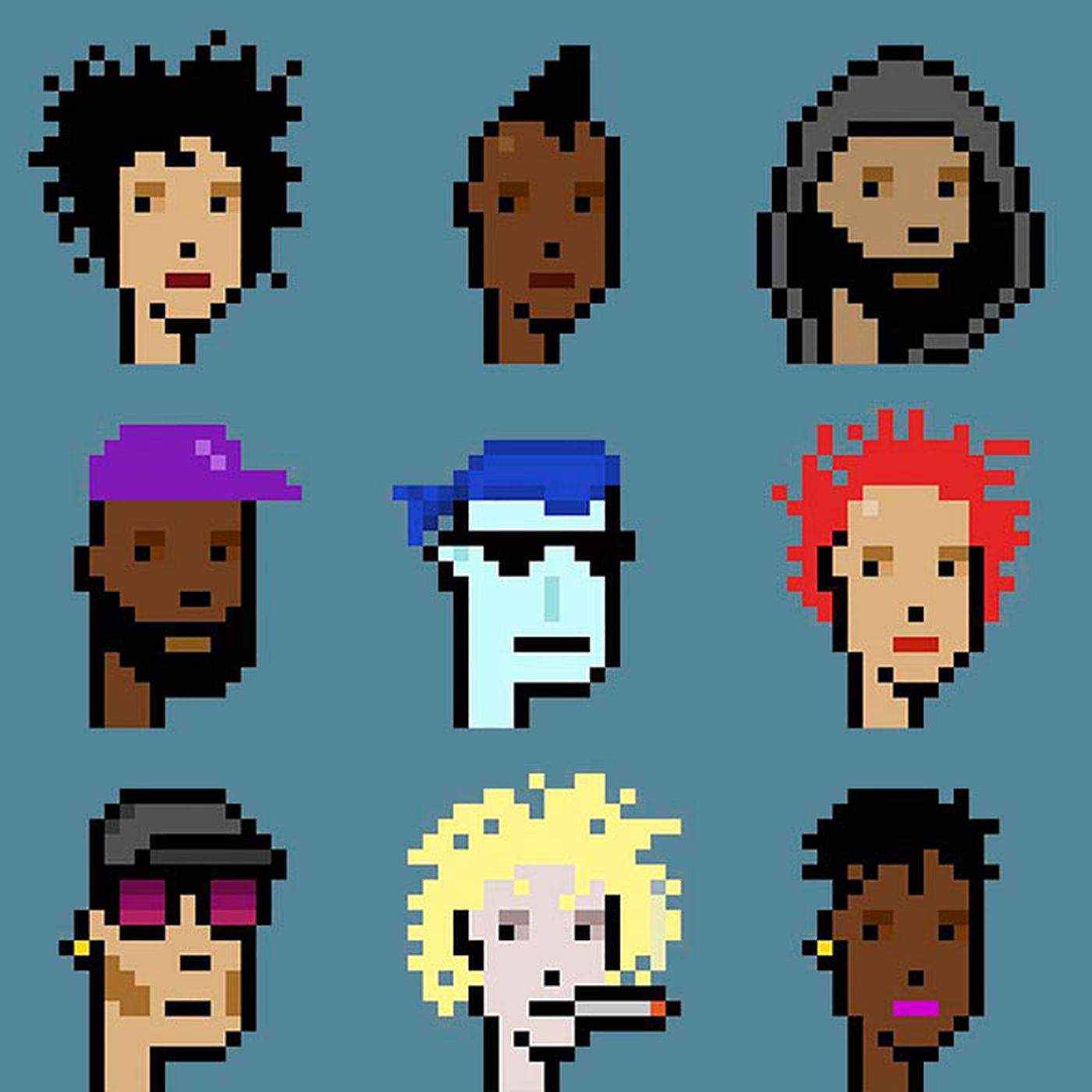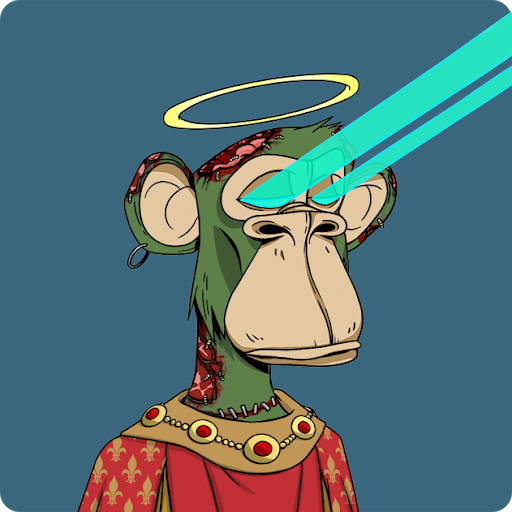
Defining pfpNFT
A variety of terms are thrown about to describe what I’ve taken to calling pfpNFTs (“avatar projects”, “profile NFTs”, “identity NFts”). These describe a very specific segment of NFT’s recently blowing up in popularity: generative art produced in large, unique batches (popular projects ranging from 5,000 to 20,000; with 10,000 being the median and rule of thumb) tokenized as NFT’s, with a speculative aftermarket value tied to the rarity metrics in randomized trait allocation, which the buyer community tend to use as their profile pictures on social media (mainly: crypto twitter).
Designing with Profiles in Mind
The unintentionality of these projects being turned into pfpNFT’s means they were not made to be so by design. There are some flaws with the current projects that would not be present if this was the case.
However, they simply don’t make the best profile pictures.
Profile Physiognomy
There are certain aspects of profile physiognomy that are intuitively understood but hard to describe. I will try here.
Emotion, personality and color are the key elements to a good profile picture. The reader empathisizes with the avatar as if it’s a real person, subconsciously creating a closer & more personal bond to the account tied to it.
Poor cropping - being too far zoomed out - is the most common mistake. A good profile should be zoomed in enough that the expressiveness of the eyes and face are visible. It’s only through the face that emotion and personality can be conveyed, and this needs to be achieved from a very small thumbnail.
A good color palette is necessary both for enough contrast to make the face readable from a distance, but also to be impressionable and memorable.
Now let’s review the Ape’s profile physiognomy. Here is a generic ape, with the default positioning & zoom:

This is how it looks on social media:

The zoom is the primarily culprit - colors are okay If we zoom in on the ape ourselves, we can achieve a much stronger profile:

But this is not something you see almost anyone in the community doing.There’s a good reason for it beyond the inherent ‘nudging’ of default settings: it is a subconscious violation of the NFT. It would be like photoshopping a painting you own, it just feels wrong.
For this reason, new pfpNFT projects should consider this first and foremost. Unfortunately, most new projects following the success of BAYC have imitated it uncritically (in the zoom point, but also blatantly copying their vector art style).
Rarity Divorced from Aesthetics
A counter-intuitive aspect of pfpNFT’s is that the most rare traits/combinations will be some of the most prominently visible: they are the ones people are most likely to flex, the ones big influencers are most likely to own, the ones that will feature in news articles on the project, and the ones to achieve iconic status.
This should be considered when deciding accessory rarities. It’s sensible that when designing trait distribution, one would make the fun but out-of-place add-ins very uncommon; but this could end up representing the entire project’s aesthetic.
An example in the case of BAYC: one of the very rare traits are the blue beam eyes. These are in jarring contrast to the general punk aesthetic of the apes, an eclectic gonzo addition that has accidently come to represent the project.

It’s surprising to me that NFT cover photos have not been done to pair with the NFT avatars, continuing the logic of exclusive profile decoration. BAYC did an interesting drop for randomly generated pet dogs exclusive and free-to-mint to BAYC holders, which in turn ended up being reaching a price floor above 2 ETH.
It seems obvious pairing to do the same for a cover photo.
Sidenote: Grassroots Tokenized Indentification
It’s interesting that the development of a generative NFT project becoming one used as avatars online was mostly organic and unplanned, but it makes sense as it becomes (1) a badge of entry into an exclusive community, (2) a ‘conspicious consumption’ flex of your high value purchase, and (3) a marketing measure that generates more interest in the project, driving the value of your investment up.
Understood in this light, one can see that points 1 & 2 service an unfulfilled need for tokenized identities. These are being utilized as an informal, organic measure to carry out many of the same cultural tasks that blockchain social identifiers intend to:
- Trustless unique identifier
- Authenticating access to community services
- Providing governance votes in community direction
It will be interesting to see projects start to explore identification further with it as a primary interest rather than an accident or afterthought.
Note: Nouns is an interesting project that explores some of what I talk about here.